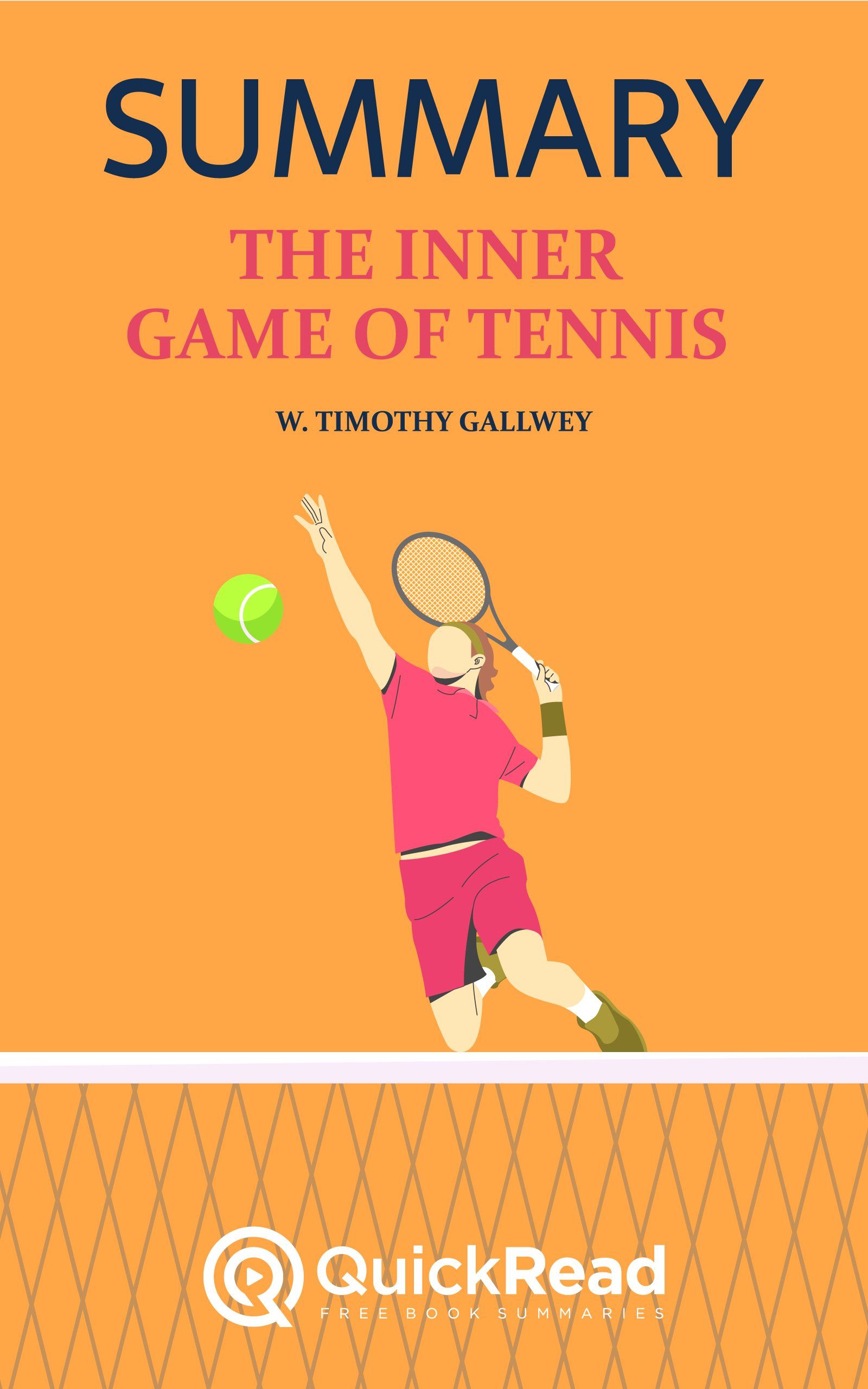

He went on to publish similar books about golf, skiing, music, and even the workplace: He created a consulting business that caters to Fortune 500 companies.Įven though I stopped playing tennis in my 20s so I could focus on Microsoft and didn’t start again until my forties, Gallwey’s insights subtly affected how I showed up at work. Gallwey and his readers quickly realized that the inner game wasn’t just about tennis. We need to learn from our mistakes without obsessing over them. Is it helping you or hurting you? For most of us, it’s too easy to slip into self-criticism, which then inhibits our performance even more. The inner game is really about your state of mind. The ball seems to get hit through a process which doesn’t require thought.” (Gallwey was writing at a time when it was still common to use the word “he” to refer to everyone.) “He’s not trying to hit the ball, and after the shot he doesn’t think about how badly or how well he made contact. How could you expect to win by not trying too hard? “When a tennis player is ‘in the zone,’ he’s not thinking about how, when, or even where to hit the ball,” Gallwey wrote. “The secret to winning any game,” he wrote, “lies in not trying too hard.”


Gallwey had one particular insight that seems crazy the first time you hear it. Gallwey presented ways of letting go of those negative feelings and getting out of your own way so you could move on to the next point. I’m so bad at this." That negative reinforcement would linger, so during the next point, I was still thinking about that bad shot. Before I read it, in just about every match I would say to myself at some point: "I’m so mad that I missed that shot. That idea resonated with me so well that I read the book several times, which is unusual for me. In short, it is played to overcome all habits of mind which inhibit excellence in performance.” Unlike the outer game, where your opponent is the person on the other side of the net, the inner game “is played against such obstacles as lapses in concentration, nervousness, self-doubt, and self-condemnation. “This is the game that takes place in the mind of the player,” he wrote. Gallwey acknowledged the importance of the outer game, but what he was really interested in, and what he thought was missing from most people’s approach, was the inner game.

It’s the part that most coaches and players tend to focus on. There’s the outer game, which is the mechanical part-how you hold the racket, how you keep your arm level on your backhand, and so on. Gallwey, a successful tennis coach based in southern California, introduced the idea that tennis is composed of two distinct games. Inner Game was published in 1974 and was a big hit.


 0 kommentar(er)
0 kommentar(er)
